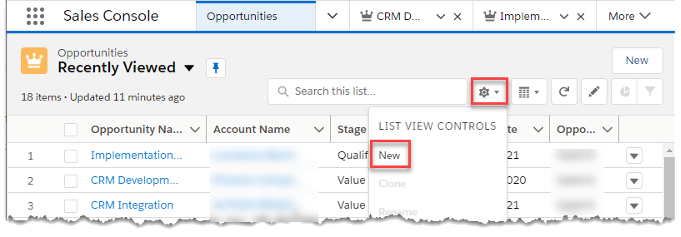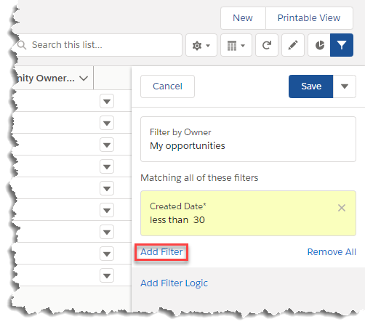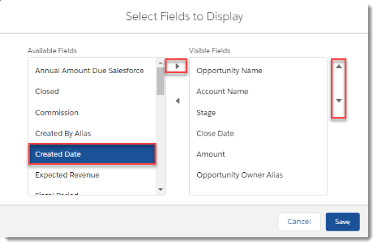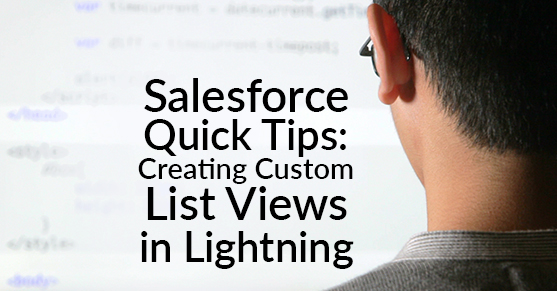Like most tools in Salesforce, List Views are an excellent tool for sales and account managers to use in automating some of the more tedious everyday tasks. Without wasting a whole part of your day building out reports for a single field, you can use List Views to segment your data and quickly get the information you need. Using objects like Accounts, Leads, Objects, Opportunities, and so on to find specific data points and narrow down the data within areas like Close Date or Stage.
Although they are a great shortcut, many of our clients do not use them as often as they should. Whether they are trying to find data for Closed Won Opportunities or divvy up contacts in a particular State, they will spend tons of time doing this when List Views could do it for them.
Custom Salesforce List Views in the Lightning Experience
In many ways, creating a new custom List View in Salesforce Lightning is the same as creating one in the Classic edition, but there are a few differences. Just like Classic, you will need the same permissions needed to manage public list views. Let us get started:
Step One: For example, within the Opportunity tab you will see several preconfigured List Views like Recently Viewed or My Opportunities. Click the Gear icon and select New.

Step Two: Just like in Classic, you’ll name your list view depending on the data you want to see.
Step Three: You now choose who gets access to this list view

Step Four: In Lightning, you have extended capabilities to optimize data filtering within the list view. Next, you’ll choose the operator (e.g., less than or equal to) and select the values relating to the fields you chose earlier. If you’ve chosen a picklist field, then you’ll have a predetermined set of values to choose from. If it is a text field, you can enter the word, phrase, number, etc. you are trying to call in the list view.

In List Views, you can also Select Fields to Display by clicking on the Gear icon again and going through the choices to add additional fields, remove other fields, or reorder your fields to access the data as you see fit.

Step Five: Click Save and enjoy your new custom List View!

In lightning, you do have extended capabilities to optimize data filtering. In List Views, you can select the option, “Fields to Display,” and go through the options and add additional fields, remove other fields, and reorder your fields to access the data as you see fit.
Next Salesforce Quick Tip
Be on the lookout for our next Salesforce Quick Tip — here’s a little hint: dynamic reporting linking — and if you have any questions or concerns, feel free to leave them in the comment section below!

